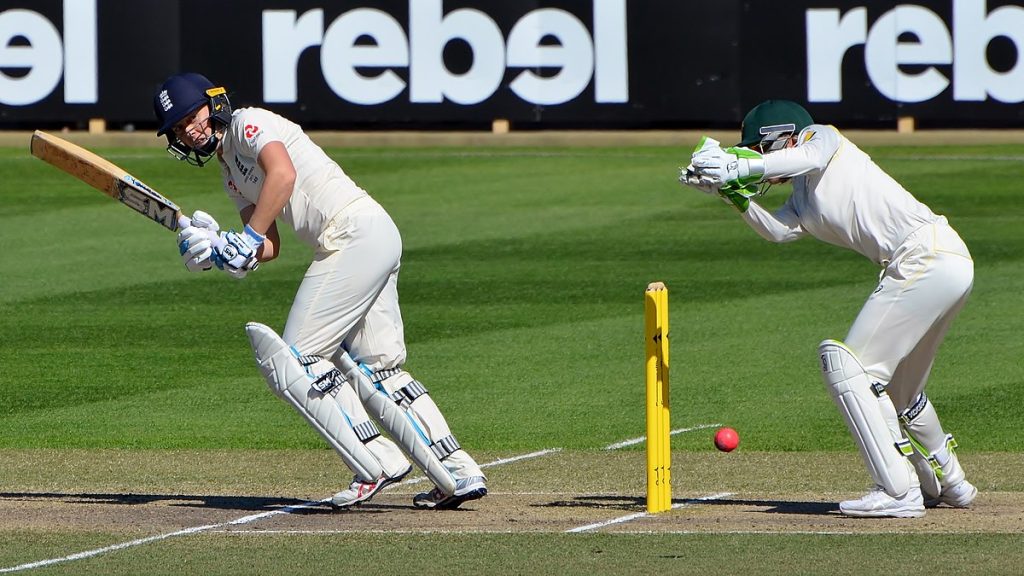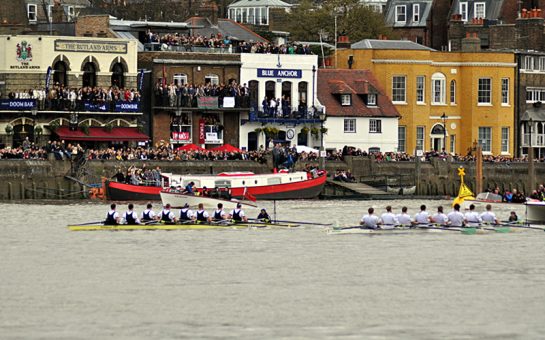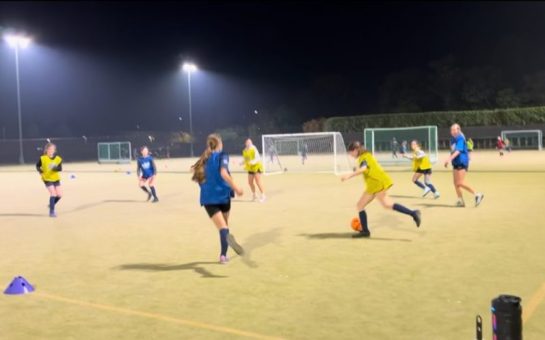It’s been five years since England’s Heather Knight lifted the Women’s World Cup trophy in front of a packed Lord’s.
So, with England’s Women’s World Cup campaign kicking off tonight in New Zealand, SWL are taking a look at the last 50-over World Cup and the impact it has had on the sport.
Road to the World Cup
As hosts, England were one of the favourites to win the competition before a ball was bowled, however bookmakers were soon reassessing their odds when they were defeated by India in their first match.
Comprehensive victories against Pakistan, Sri Lanka and South Africa got England back on track.
Their first real test came against the Australians at Bristol.
In a tense fixture, England managed to end 24 years of hurt by defeating their arch-rivals for the first time in a World Cup since 1993, winning by just three runs.
With their place in the semi-finals all but assured, England continued their dominant form defeating New Zealand and the West Indies.
In the semis, England played out a World Cup classic against South Africa.
The Proteas opted to bat first and scratched out a competitive 218-6 on a difficult batting wicket.
Knight’s side appeared to be cruising when talismanic wicket-keeper batter Sarah Taylor was at the crease, but after she was run out for 54, England collapsed to 149-5.
Thanks to lower order cameos by Fran Wilson and Jenny Gunn, before a penultimate ball four by tailender Anya Shrubsole, England booked their place for the showpiece final at Lord’s.

A Day to Remember
India were England’s opponents on the 23rd July after they saw off Australia in the other semi, thanks to an inspired 171 not out by Harmanpreet Kaur.
Prior to the match, both sets of players were greeted by a sold out Lord’s, and the whole day was a celebration of women’s cricket.
The five-minute bell was rung by Eileen Ash, who at 105-years-old was the oldest living international cricketer, and images of former England cricket captain Rachael Heyhoe Flint, who had played an instrumental role in the creation of the competition, were shown on the big screen.
Knight won the toss and opted to bat.
After a steady opening partnership by Lauren Winfield-Hill and Tammy Beaumont who put on 47 for the first wicket, England began to falter.
Both were dismissed before Knight herself was out for one.
Taylor and Nat Sciver steadied the ship, the latter scoring 51 off 68 balls.
Thanks to lower order cameos by Katherine Brunt and Gunn who hit 34 and 25 respectively, England reached a defendable total of 228-7.
England started the second innings strongly when Shrubsole dismissed Smriti Mandhana for nought.
But India soon took control, opener Punam Raut hit 86 off 115 balls, before semi-final hero Kaur reached another half-century.
At one point, England’s World Cup dreams looked in tatters, when India required just 28 runs from 44 balls with seven wickets.
With the match on the line, Knight brought Shrubsole back into the attack and the opening bowler went on to deliver one of the greatest spells Lord’s had ever seen.
She trapped the well set Raut LBW, before taking three more wickets in quick succession.
With India requiring just ten runs to win, Shrubsole bowled last batter Rajeshwari Gayakwad, to win England their fourth women’s World Cup and their first on home soil since 1993.
A catalyst for change
England’s win in the 2017 World Cup was a watershed moment for women’s cricket, both in the UK and abroad.
It was a moment of realisation for the game’s organisers that women’s cricket had the power to be a genuine commercial asset.
The ICC took the unprecedented move of the hosting the final of the 2020 World T20 at the Melbourne Cricket Ground.
The fixture between Australia and India attracted a crowd of over 85,000 people, the highest attendance for any World T20 final, men’s or women’s.
England’s new franchise competition, The Hundred, also put female cricketers at the forefront of much of their marketing.
Women’s matches were held at all of England’s prestigious test grounds, and the men’s and women’s players received equal prize money.
There is still a way to go though, there remains a huge wage disparity between male and female cricketers, and there are still far few women’s test matches played all around the world.
That said, women’s cricket is going from strength to strength much of the progress is down to that incredible World Cup final five years ago.
Featured image credit: Robert Drummond via Wikimedia Commons under CC0 1.0 license




